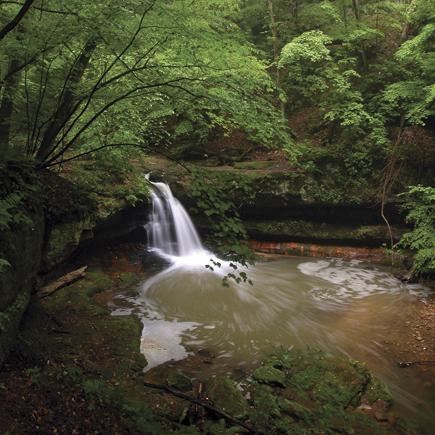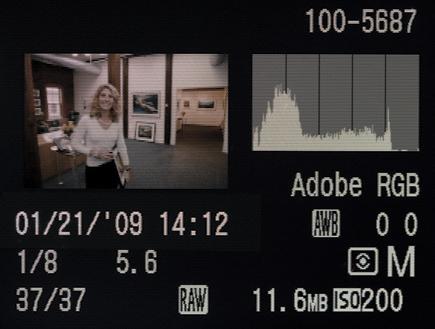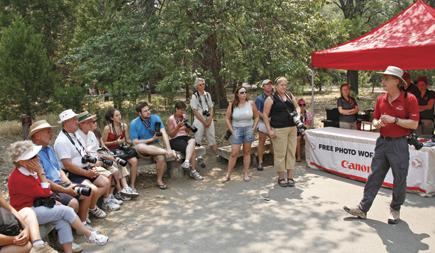|
Aug 01, 2009
|
Aug 01, 2009
|
Jul 01, 2009
|
Jun 01, 2009
|
Jun 01, 2009
|
Jun 01, 2009
|
Jun 01, 2009
|
May 01, 2009
|
May 01, 2009
|
May 01, 2009
|
May 01, 2009
|
Apr 01, 2009















